Fireplaces for Families
When I think about winter, I think about outdoor snowy adventures juxtaposed against being lazy indoors around a fireplace. A room with a fireplace is a place in the home to rally around. A place to gather. A place to feel comfortable and warm no matter how windy and blizzardy it may be outside.
We’ve done a ton of fireplaces, and the one thing they all have in common is that they all create a strong sense of home. The ledge in front of a lot of fireplaces is called the hearth. The word hearth has the word ‘heart’ in it, as well as the word ‘earth.’ I don’t know if that’s a coincidence or not, but it sure is fitting. Fireplaces are grounding. When well done, people gravitate towards a lit fireplace like moths to…well, a flame.
So let’s dig in a little bit. There are infinite ways to create a fireplace in your home. Quick note: another sub-universe to explore is stand-alone stoves. Wood and gas stoves are awesome. For the purposes of staying on a specific theme, however, I’m avoiding discussing this style of stoves. e.g-units like this.
So let’s outline the most common versions of fireplaces we deal with in remodeling.
USING EXISTING BRICK FIREPLACE:
Many of the homes we work with already have a brick or stone fireplace. Using this structure can make a lot of sense. Here are the options:
Wood burning fireplace:
- Think old school. Light wood on fire.
- Pros: Charming and iconic. This is the classic fireplace people think of when they think “fireplace.”
- Cons: First and foremost, they’re terribly inefficient with energy. Most of the heat from the fire goes right up and out. The draw created by the fire can actually suck the ambient heat out from the rest of the house. Burning fires like this also pollutes the air significantly. Fact: you can’t even build these style of fireplaces in modern homes in Boulder or Boulder County. Lastly, the smoke and ash can be messy in your home.
Wood burning insert fireplace:
- New wood burning metal box inside of original hole.
- Pros: These are significantly more energy efficient. The new metal insert has a flu pipe that goes right up the existing chimney and out the top. These units still burn wood, and the heat radiates into the room much better than with an open fire. The wood gets incinerated and used up much more efficiently and thus there’s much less air pollution.
- Cons: You don’t get the big open flame like you do with the old school open fireplace. Spoiler alert: you don’t get an actual open flame with any of the options nowadays because of the air quality and efficiency stuff mentioned above. The wide black trim around the wood insert picture above covers the gap between the insert and the original fireplace hole. The ‘flame area’ on wood inserts is usually very small.
Gas insert fireplace:
- New gas fireplace inside of original fireplace hole.
- Pros: You get a larger open flame look. You can do new surround materials to better cover the gap between the new fireplace and the original hole (compare to wood insert picture above).
- Cons: You’re not burning wood. The logs are fake. The flame is burning gas.
New Fireplace From Scratch:
Often times we simply build a new fireplace where there was nothing previously! The main advantage to this is that you have the freedom to create a design you like and not be beholden to size/height/location of an existing fireplace. When we do this it usually means we’re installing a new gas fireplace.
Here’s a four picture series showing the framing and build-out of a fireplace and surround from scratch. In the first picture you see the rough framing. We framed the fireplace inside of the existing building envelope. This created a recessed area to the left of the fireplace that we utilized for open shelves.
Here’s a little photo gallery of new fireplaces we built completely from scratch where there was no fireplace or chimney to work with.
Thanks for reading, happy Winter!

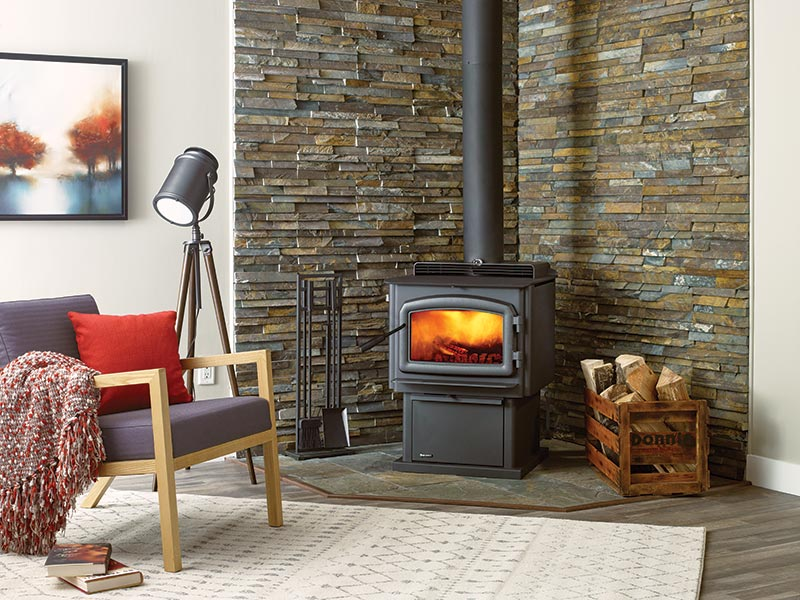
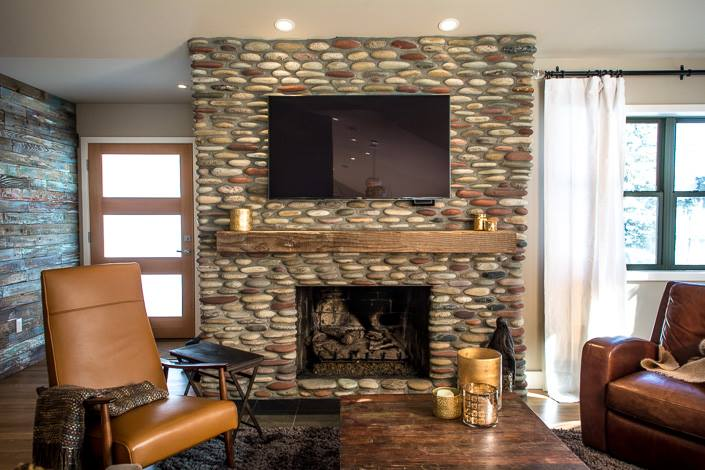

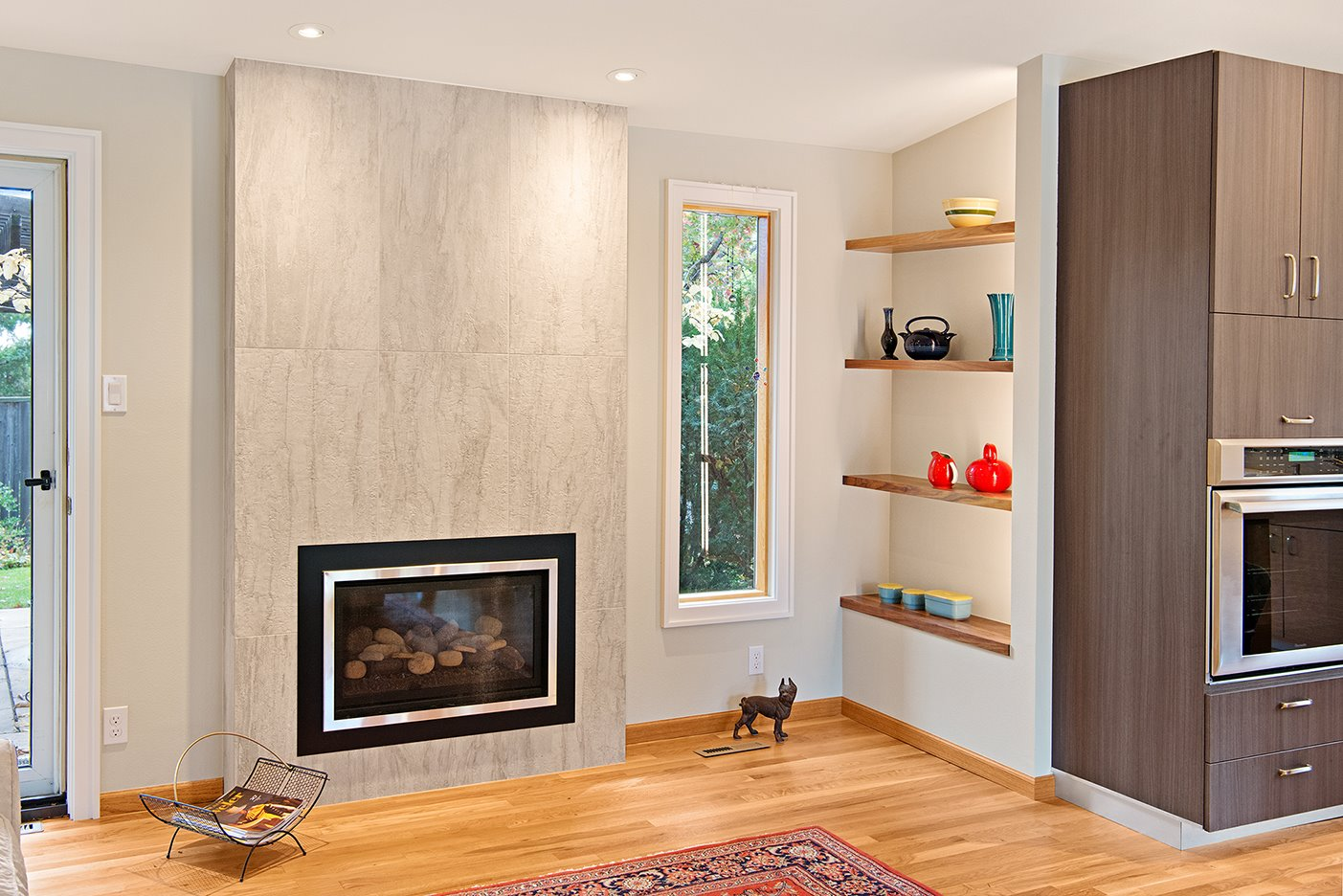
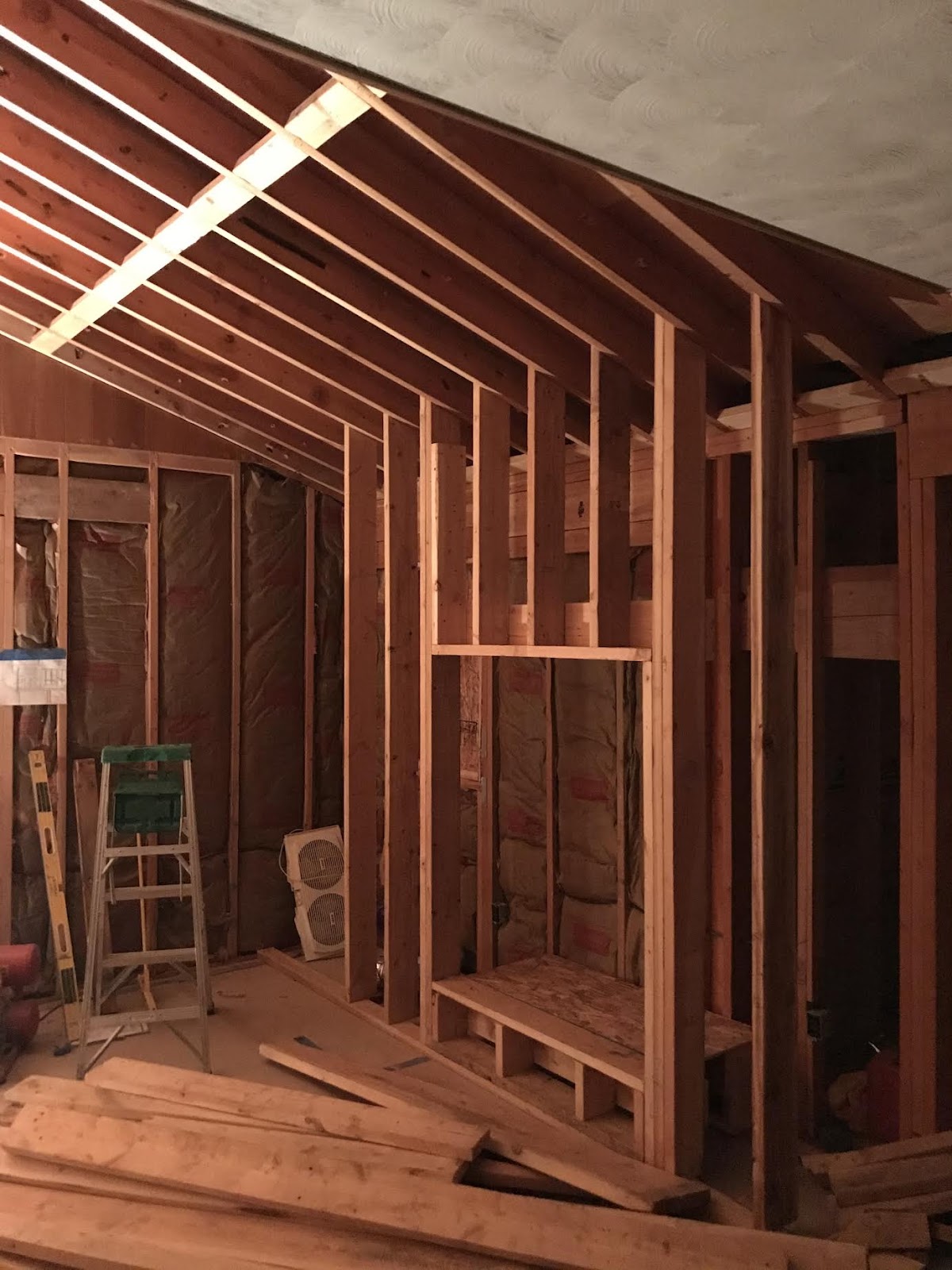

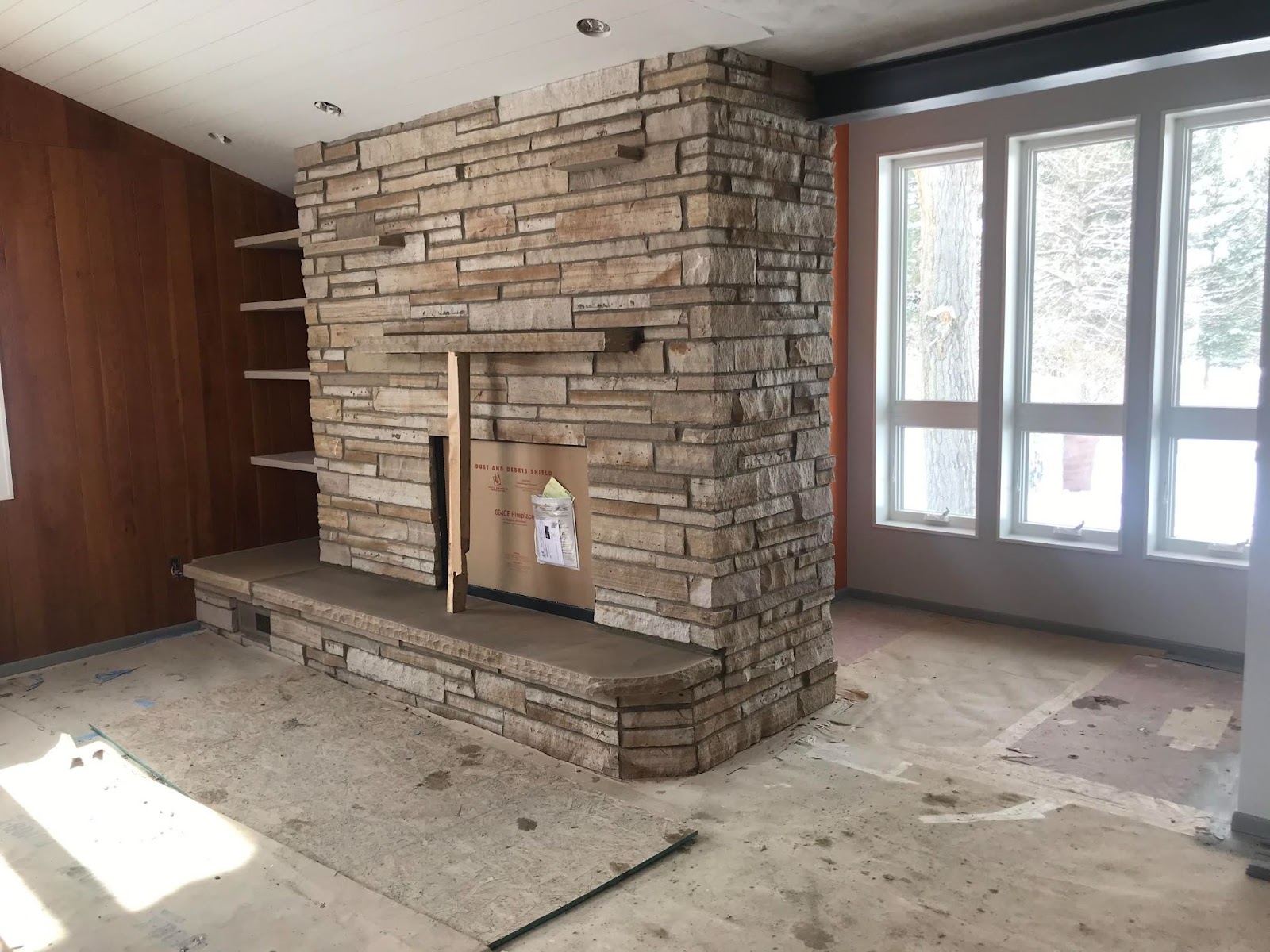
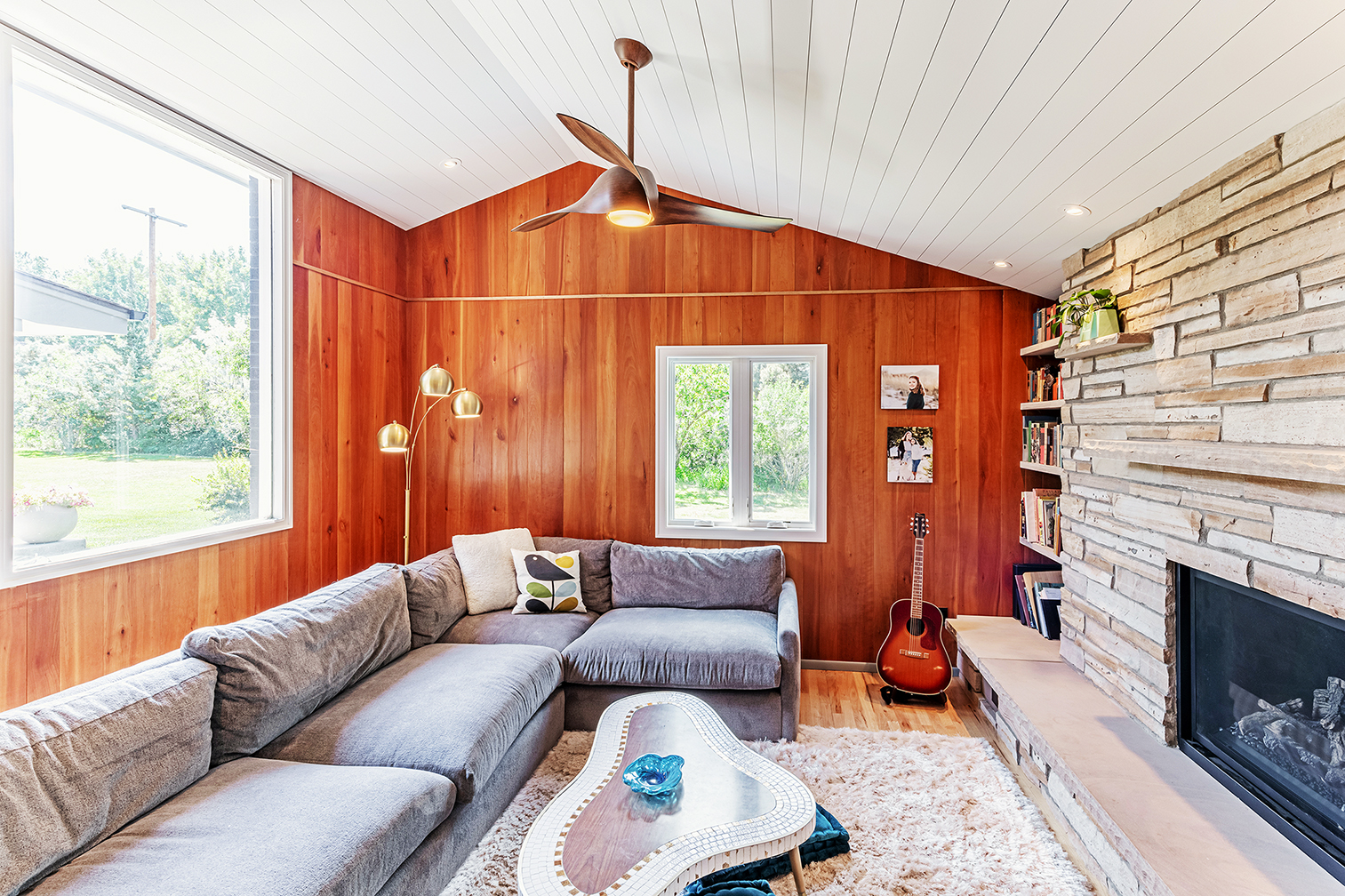
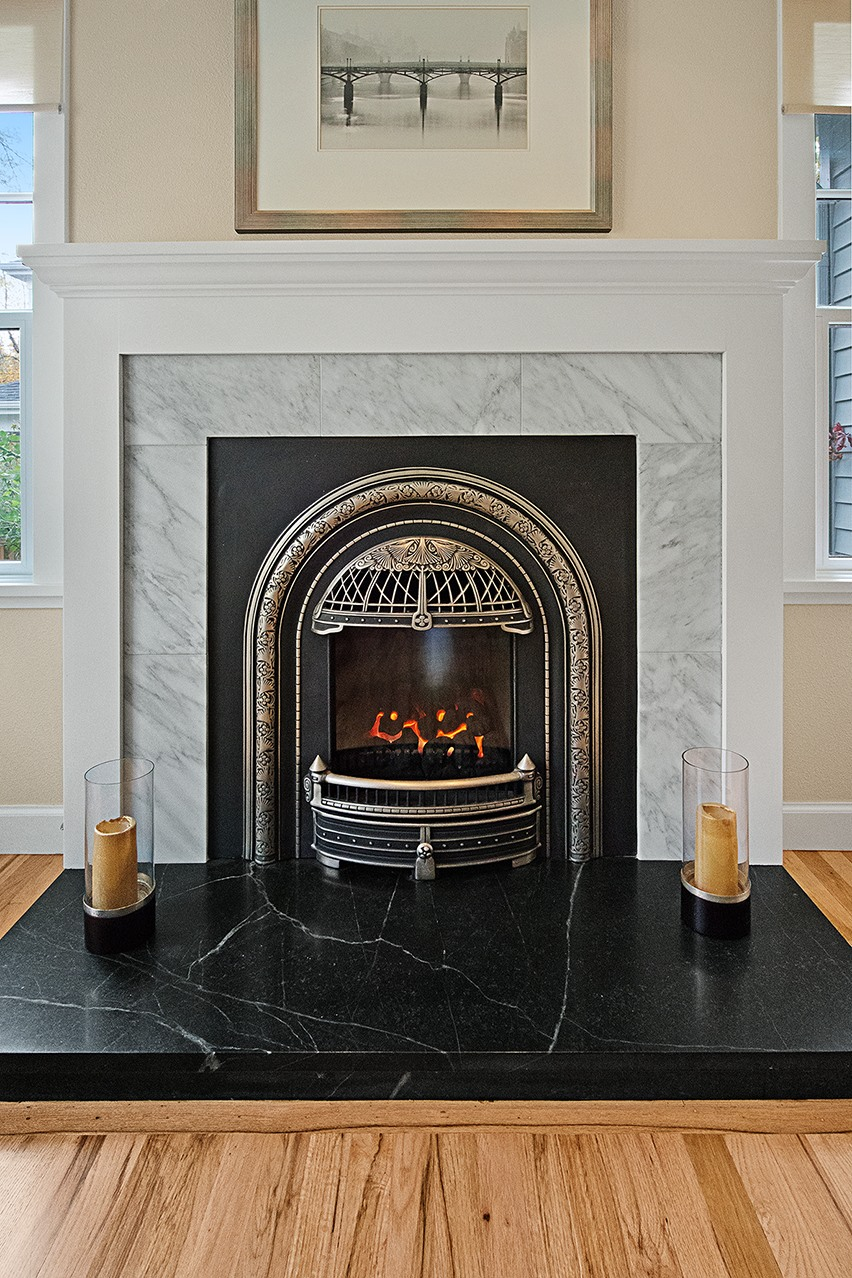
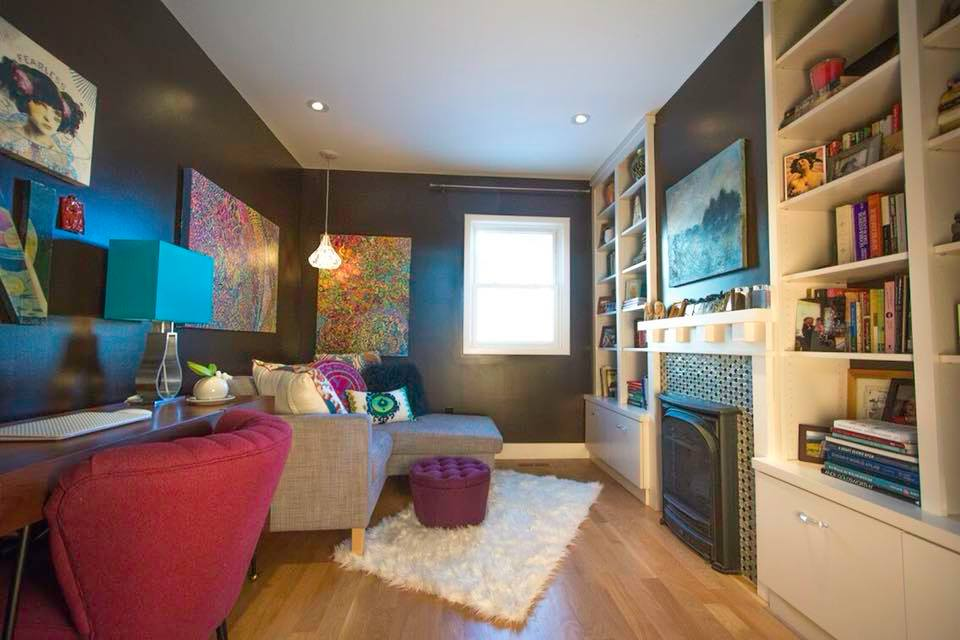
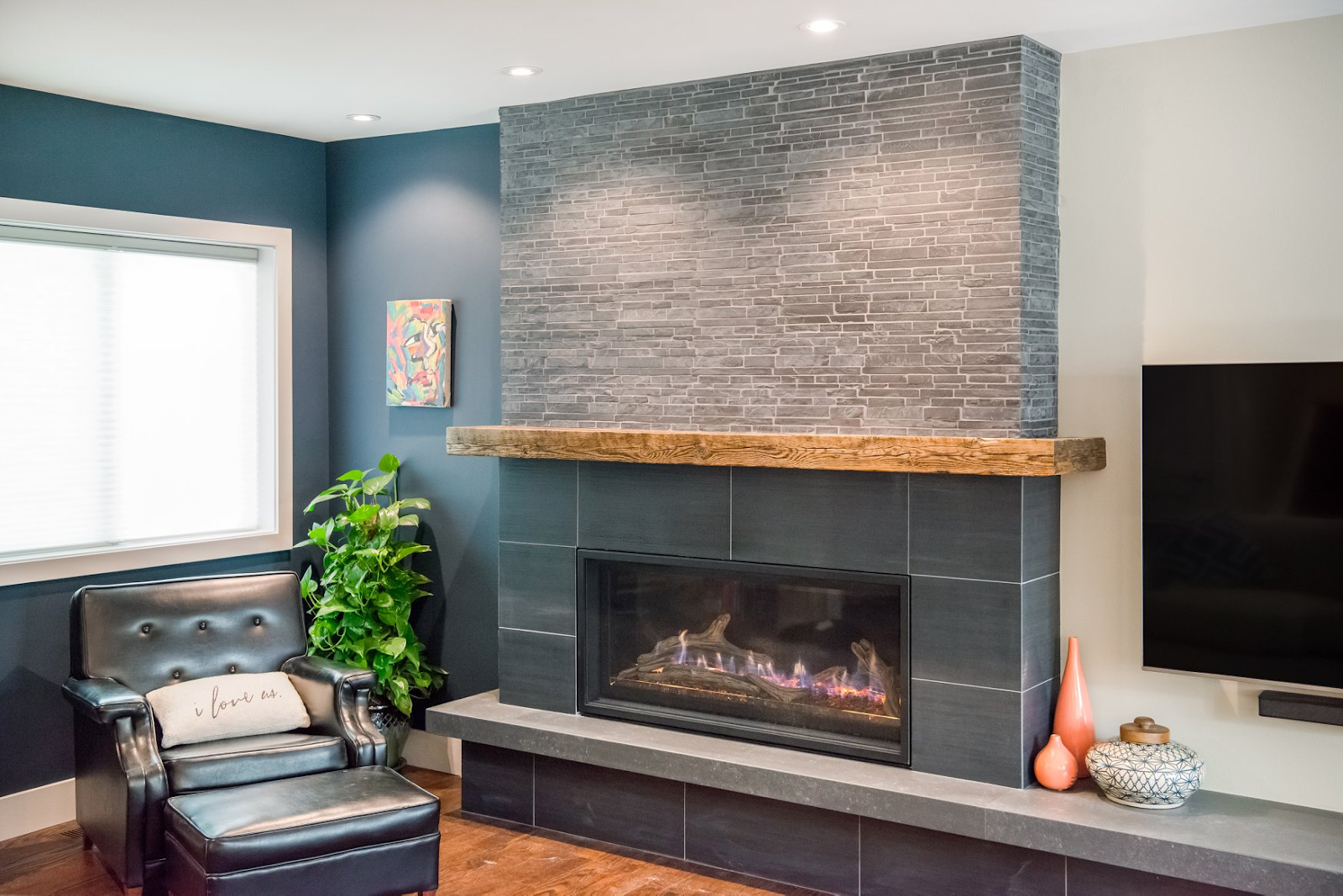
Comments are closed.